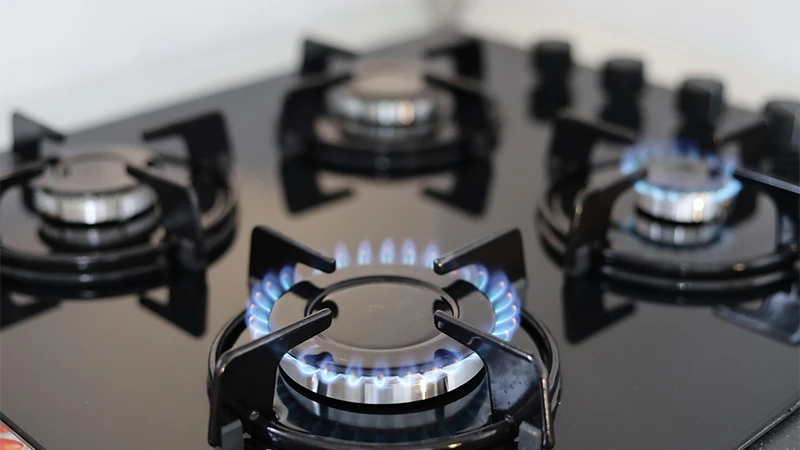Why Burn Injuries can produce higher payouts
Burns can cause prolonged hospitalizations, specialized wound care, skin grafts, physical therapy, psychological trauma, and permanent disfigurement.
Because of those long-term costs, Burn Injuries are among the costliest workers’ compensation claims per the National Safety Council and related data.
That’s why averages for burn claims are significantly above many other injury types.
How compensation is calculated (workers’ comp vs. personal injury)
- Workers’ compensation (most common for workplace burns):
- pays medical bills, prescribed care, and partial wage replacement (indemnity).
- Some states permit structured settlements or lump-sum compromises for permanent impairment/disfigurement, but workers’ comp usually does not include pain-and-suffering** damages.
- Personal injury / third-party lawsuit (only when another party’s negligence caused the burn):
- can include compensation for medical costs, lost wages, future care, and non-economic damages (pain, suffering, disfigurement).
- These settlements are typically (but not always) larger than straight workers’ comp recoveries, because they include pain and suffering.

Typical ranges (general guidance — cases vary)
- Minor burns (first degree; small second degree):
- Often resolved with medical treatment and modest indemnity — settlements often under $10k–$30k in workers’ comp scenarios.
- Moderate burns (larger second-degree; limited scarring):
- Could push into tens of thousands for medical + wage loss + impairment ratings.
- Severe burns (third degree; large total body surface area; grafting):
- Frequently six-figure outcomes in third-party suits; workers’ comp cases also often reach high five or six figures due to extended care and disability payments.
- Example averages and examples vary widely; published firm case pages show settlements from mid-five figures to millions depending on facts.
Evidence checklist — what you must collect and preserve
For any Burn Injuries claim gather and preserve:
- Immediate medical records — ER notes, specialist notes (burn clinic, plastic surgery), prescriptions, hospital bills. (Medical documentation is the single most important evidence.)
- Photographs — of the scene, machinery, clothing, and the burn at multiple stages (day 0, week 1, month 1). Photos of burned clothing/equipment help show mechanism.
- Incident report / employer report (DWC-1 or equivalent) — report the injury in writing to your supervisor and keep a copy. Many states require prompt written notice.
- Witness statements & contact info — co-workers, supervisors, bystanders.
- Pay stubs / wage records — for calculating lost wages.
- OSHA/recordkeeping entries — if your employer is required to log the injury (OSHA records show seriousness for larger burns).
- Your own diary — pain, functional limits, follow-up visits. Subjective but useful for non-economic damages in third-party suits.
Practical steps: what to do, day-by-day after a burn at work
- Get emergency care immediately for severe burns. Do not delay treatment.
- Notify your supervisor in writing — many states require notice within 30 days (some states/contexts shorter). Ask your employer for a claim form and keep copies.
- Document everything — photos, names of witnesses, time and place, equipment involved.
- Keep all medical records and bills. Request copies.
- Consider legal counsel if the burn is severe, if permanent scarring is likely, or if a third party caused the injury (product defect, independent contractor, premises liability).
State comparison (quick table) — reporting deadlines & notes
The table below highlights typical reporting/filing windows for workers’ compensation across five example states. Always check your state agency for exact rules and recent updates.
| State | Notice to employer (typical) | Time to file workers’ comp claim | Quick note / source |
|---|---|---|---|
| California | Report ASAP; employer must give DWC-1 within one working day after report. | File within 1 year (statute can vary by situation). | CA DIR – Injured Worker Guide. |
| New York | Notify employer within 30 days (best ASAP). | File within 2 years (statute of limitations for WC typically 2 yrs). | NY.gov / Workers’ Comp Board. |
| Texas | Notify employer within 30 days. | File within 1 year (some specific forms within certain windows). | Texas Dept of Insurance; state statutes. |
| Florida | Notify employer within 30 days (statute §440.185). | Timelines vary; reporting within 30 days needed to preserve rights. | Florida Division of WC; FL Statute §440.185. |
| Illinois | Varies, but report ASAP; many employers require immediate notice. | Typically 1–3 years depending on type (check state). | State resources/legal guides (see state WC pages). |
(This table is illustrative; consult your state workers’ comp board or an attorney for precise deadlines for your situation.)
Real examples & case notes
A mechanic who suffered second-degree Burn Injuries from an equipment explosion recovered medical care plus a workers’ comp settlement after wound-care and several months off work (law firm case summary).
Even when scars were small, indemnity for lost wages and medical bills can add up.
Firms and publications report average burn claim costs between $48k–$64k depending on dataset; severe third-degree burn settlements in personal-injury contexts have reached hundreds of thousands to millions where permanent disfigurement or catastrophic care was required.
Can I sue (third-party) in addition to workers’ comp?
Often, you can take a third-party lawsuit for Burn Injuries if someone other than your employer — e.g., a property owner, equipment manufacturer, or subcontractor — was negligent.
Workers’ comp typically remains your primary remedy against the employer, but third-party claims can recover pain-and-suffering or punitive damages.
Timing and subrogation rules are complex — contact counsel.

FAQs (short)
Q: How long until I know what my burn claim is worth?
A: It depends — initial value is driven by medical bills and lost wages; full valuation often waits until your treating doctors declare maximum medical improvement (MMI).
Q: Will workers’ comp pay for scar revision or plastic surgery?
A: If the procedure is medically necessary to treat or rehabilitate a work-related burn, it may be covered — but coverage varies; get clear pre-authorization and documentation.
Q: I was burned by hot coffee at work — can I claim?
A: Yes, if it happened in the course of employment and caused medically-significant injuries; small first-degree burns with no lost time may be treated as first aid but still document everything.
Quick answers (short version)
- Can I claim for a burn at work?
Yes — most workplace Burn Injuries are covered by workers’ compensation; in some circumstances you may also have a third-party personal injury claim. - How much compensation for a burn at work?
Average workers’ compensation cost for burns was roughly $64,000 (NSC reported average claim cost for burns in recent years), payouts vary hugely by severity, scarring, lost wages, and state rules.
Higher-value personal-injury settlements for severe burns can reach six figures or more. - How much is my burn claim worth?
Depends on degree/extent of the Burn Injuries, medical bills, lost earnings, permanent scarring/disfigurement, future care needs, and whether you can sue a third party.
Use the severity tiers (first → minor; second → moderate; third/fourth → severe) to estimate value. - What evidence do I need for an injury claim?
Prompt medical records, employer incident reports, photos of injuries/scene, witness statements, pay stubs, and OSHA or employer logs (if applicable). Keep a recovery diary and get copies of everything.
Sources & where to read more (selected authoritative links)
- National Safety Council — Injury Facts (costs by injury type, including burns).
- California DIR, Division of Workers’ Compensation — Injured Worker Guide.
- New York State — File a claim / Workers’ Compensation Board resources.
- Texas Department of Insurance — Injured employee FAQ.
- OSHA — recordkeeping & reporting guidance for burns and serious injuries.
- Evidence and documentation best practices (summary articles from law firms and WC guides).






